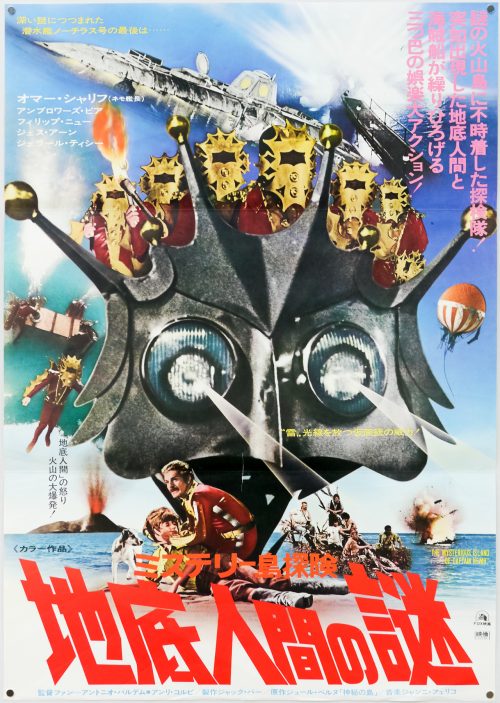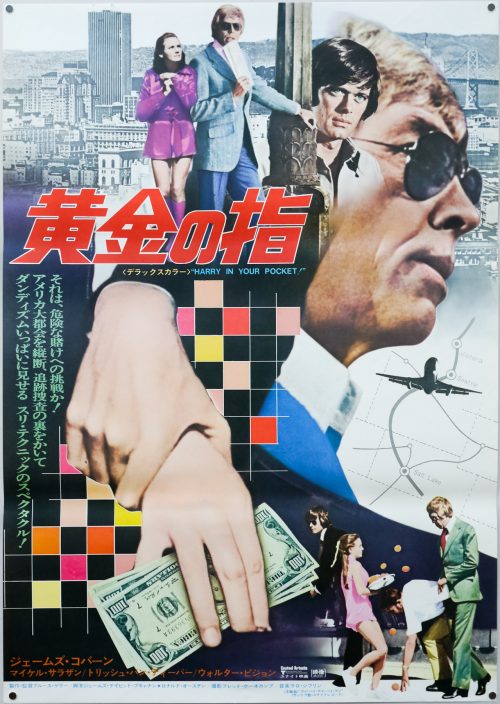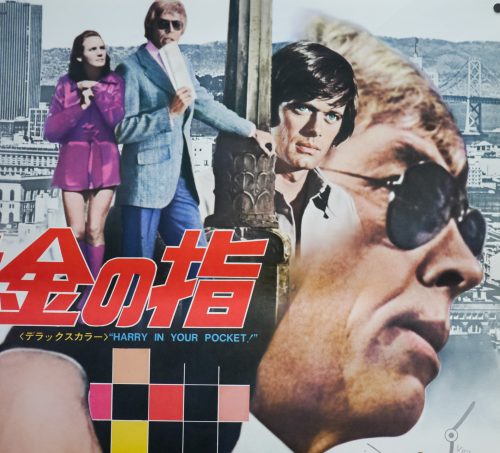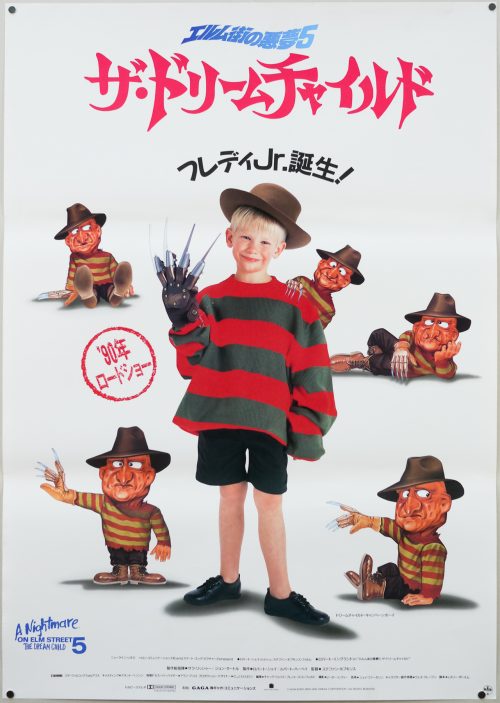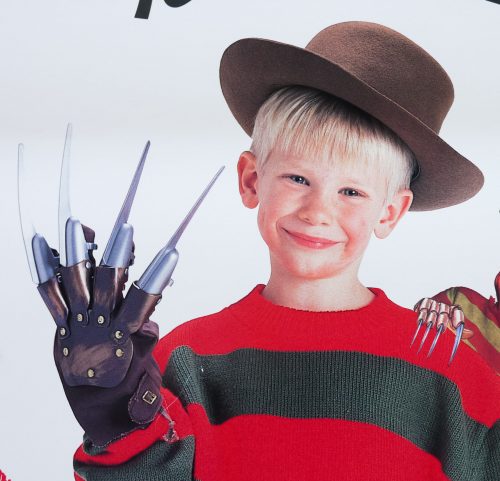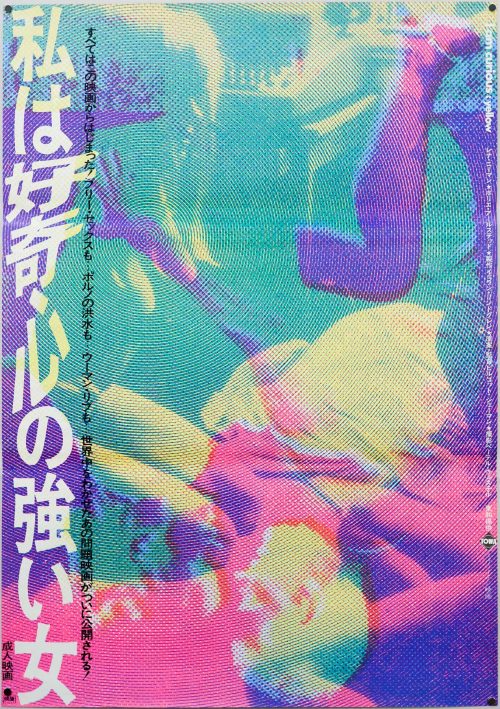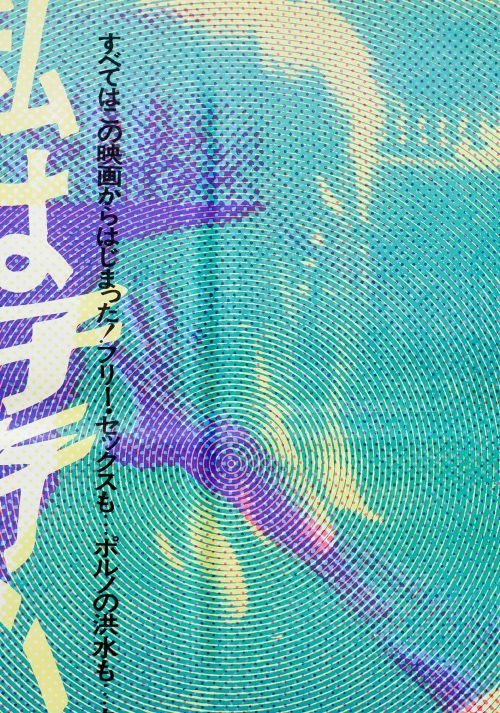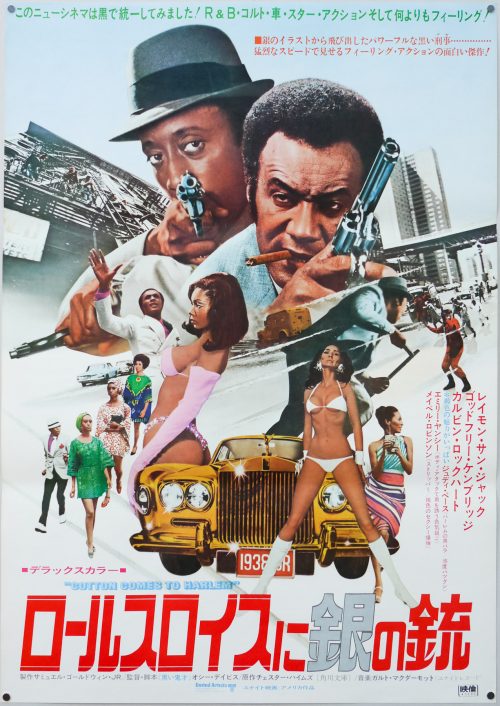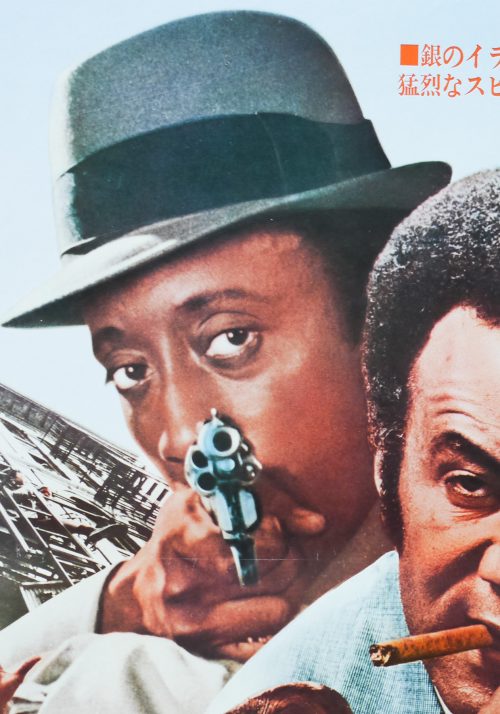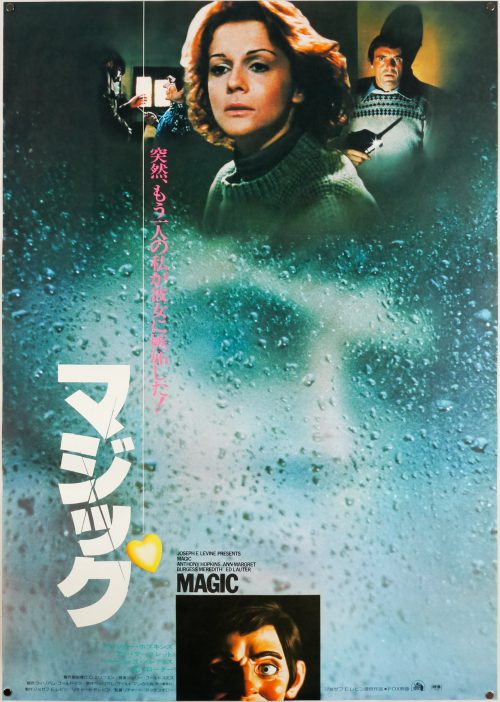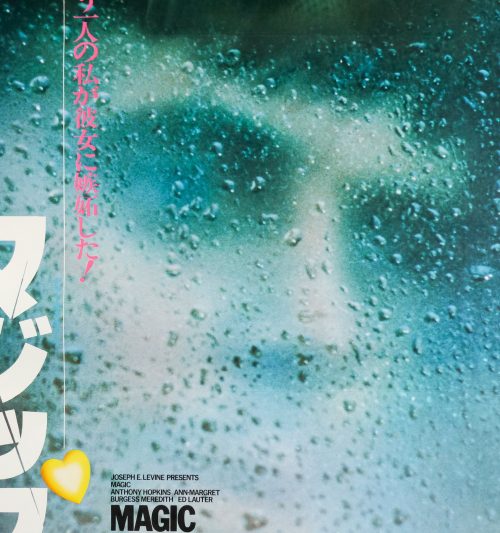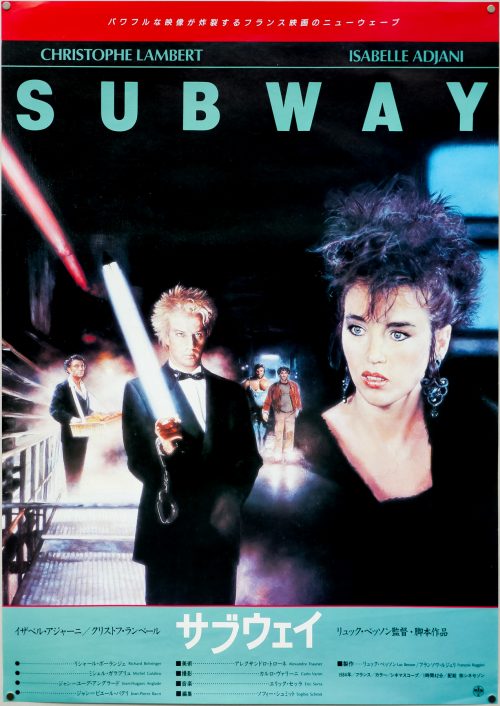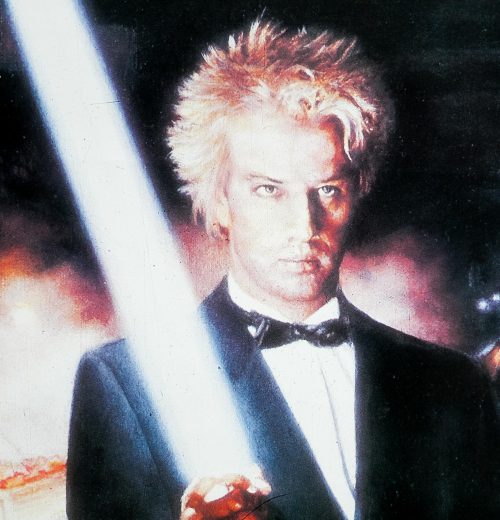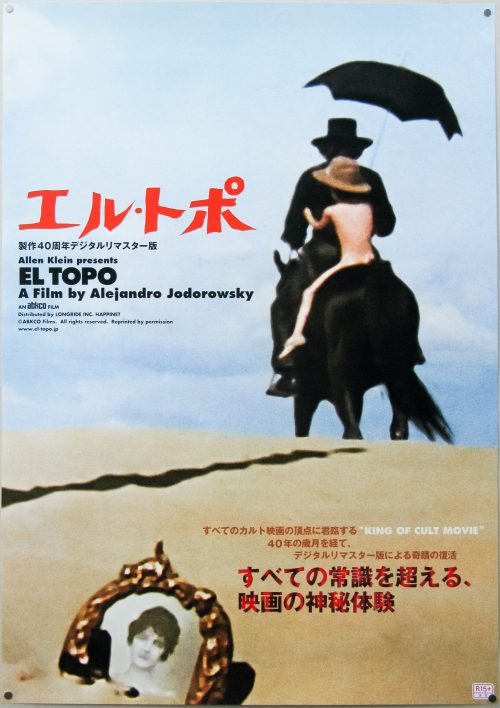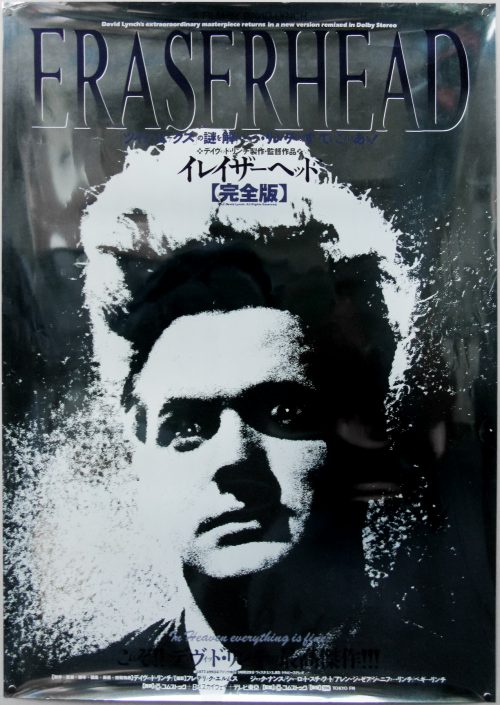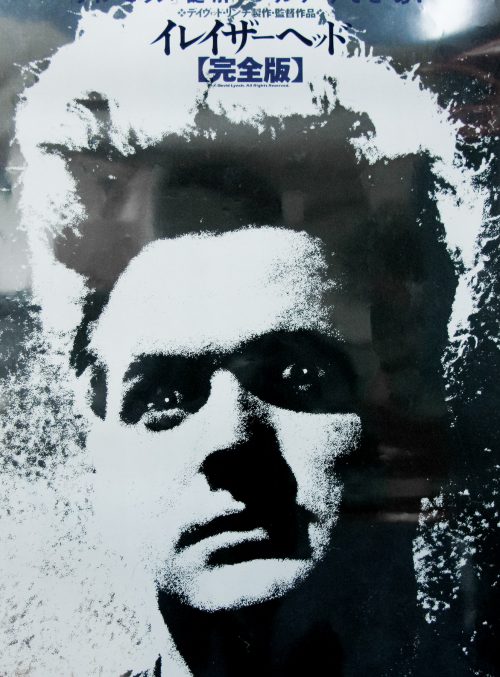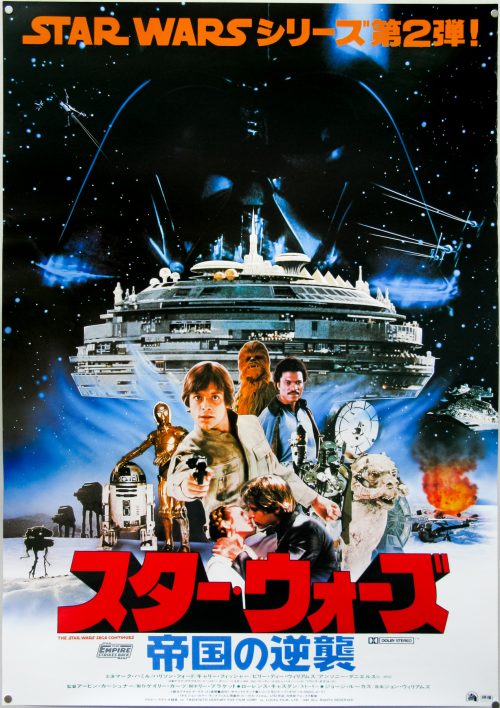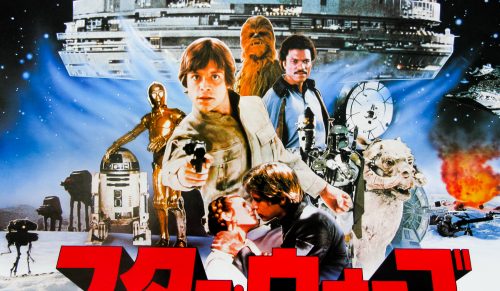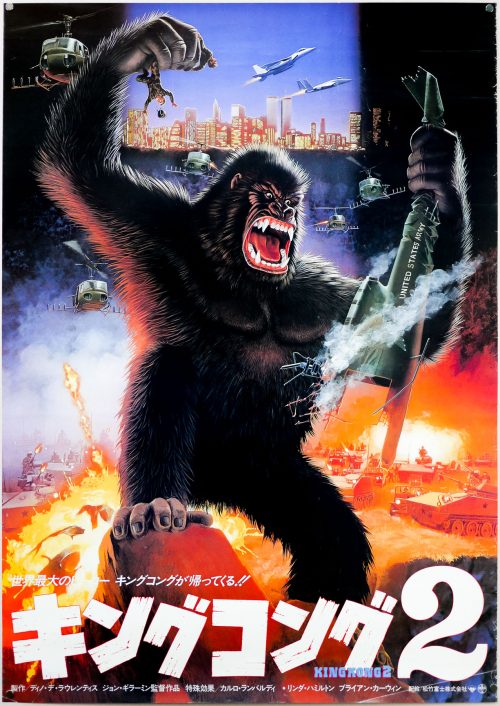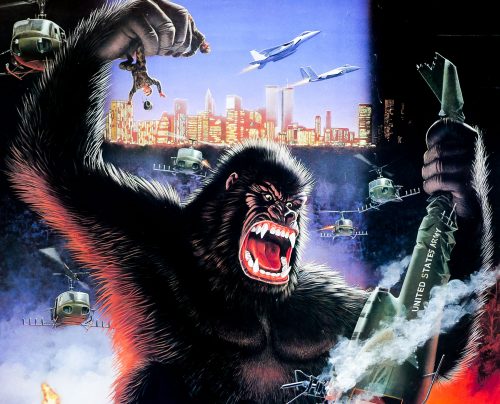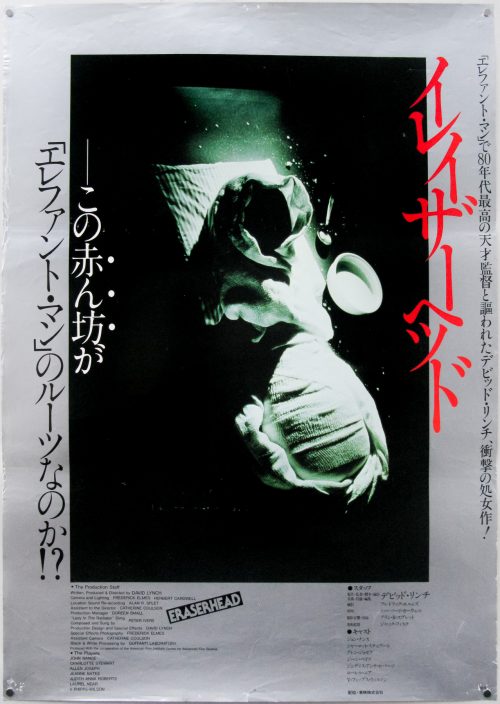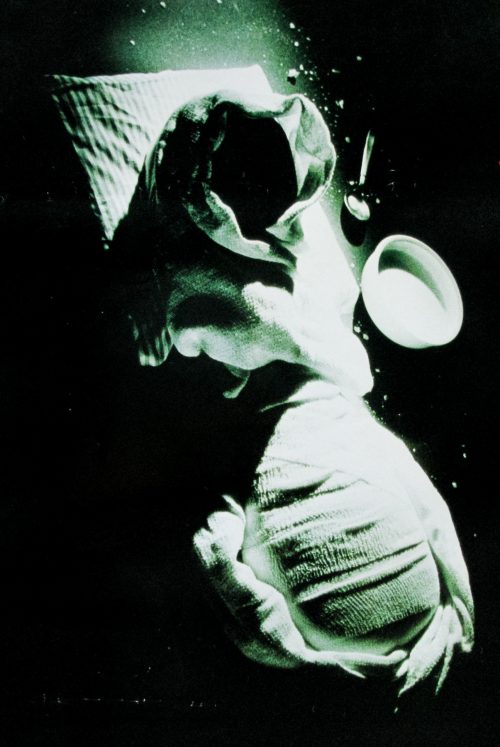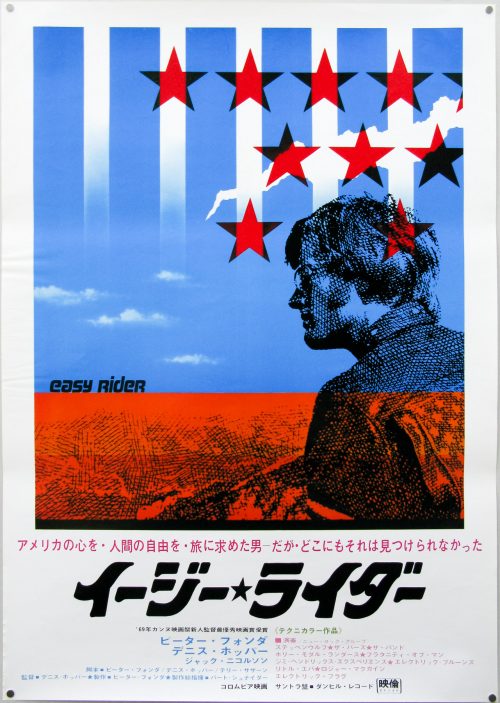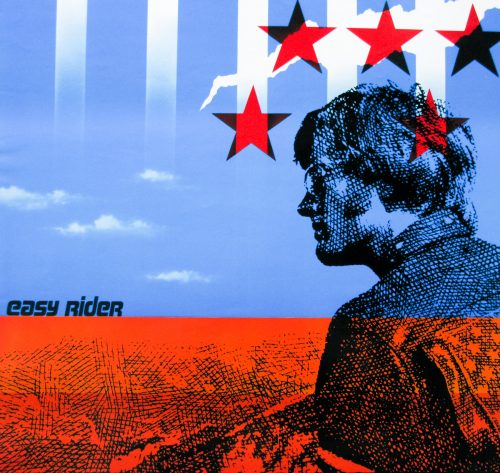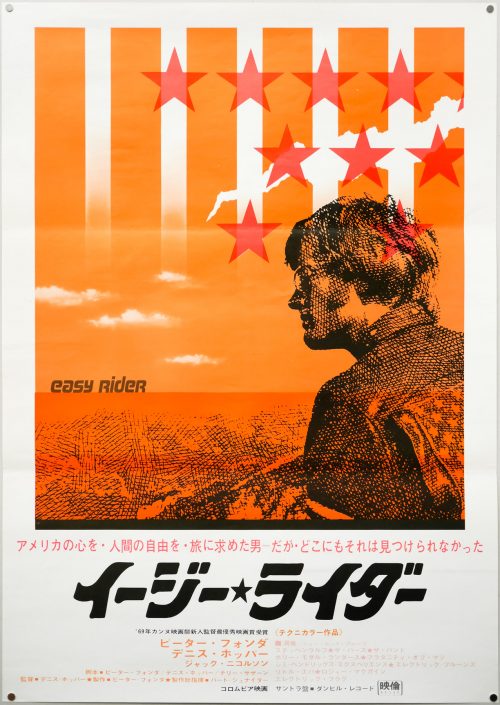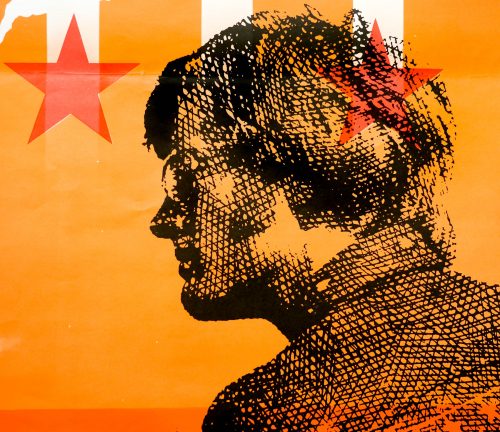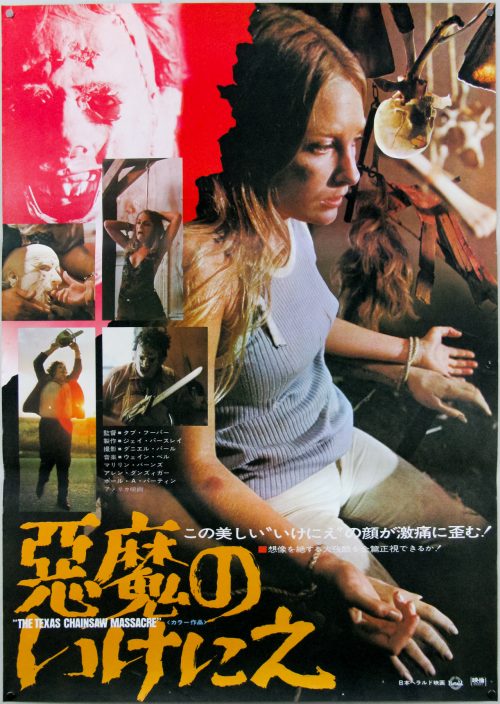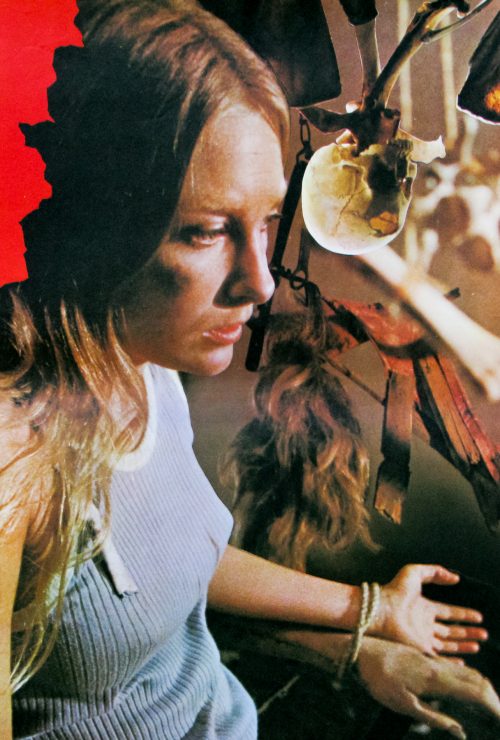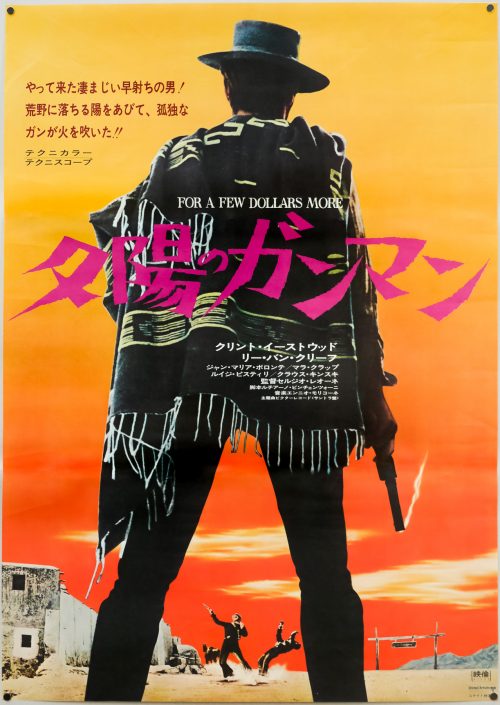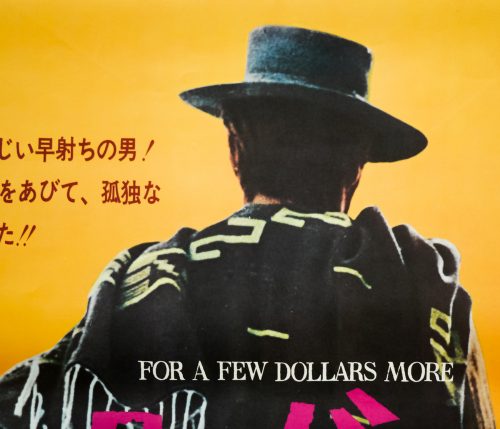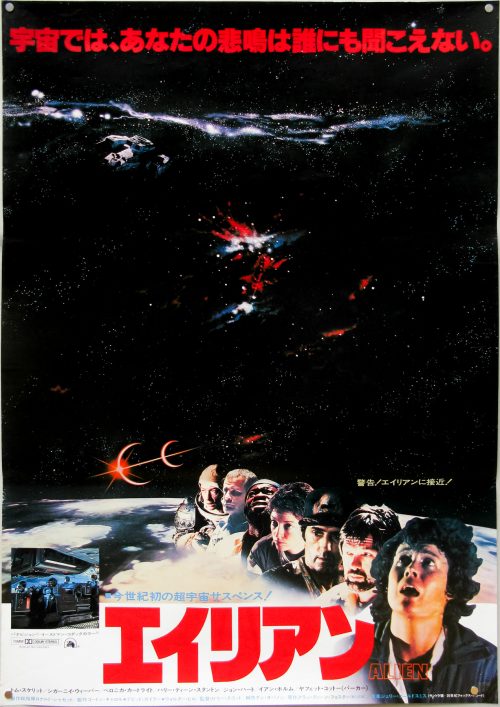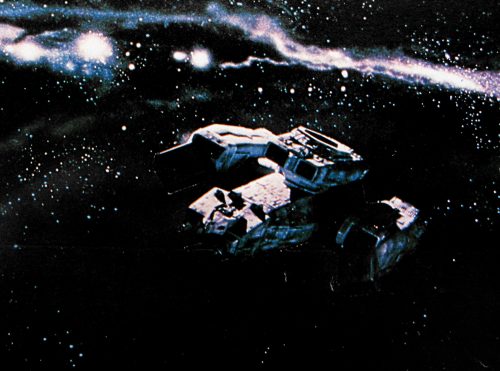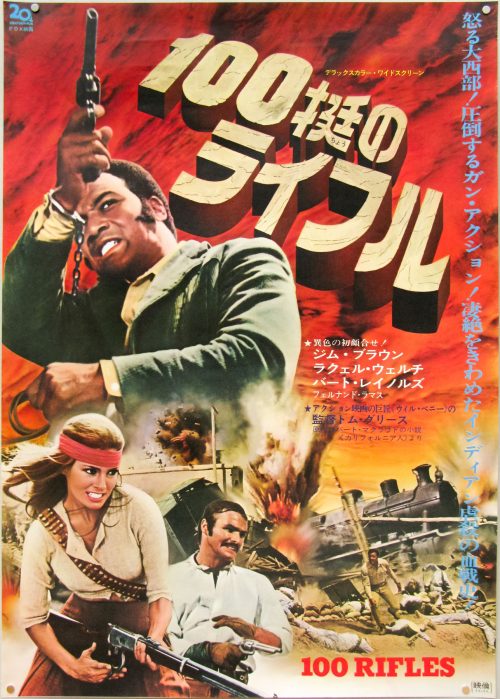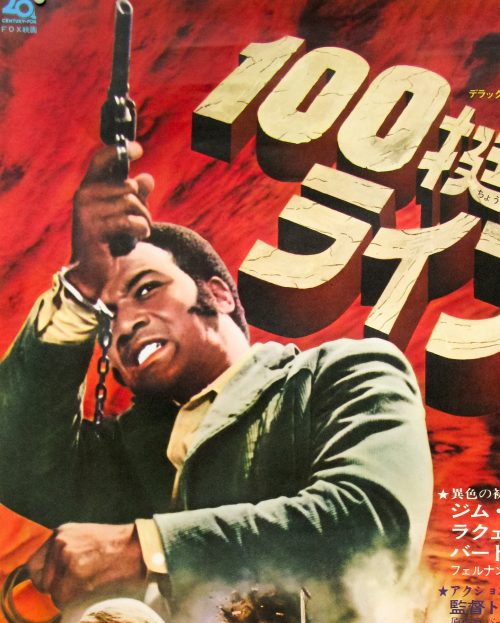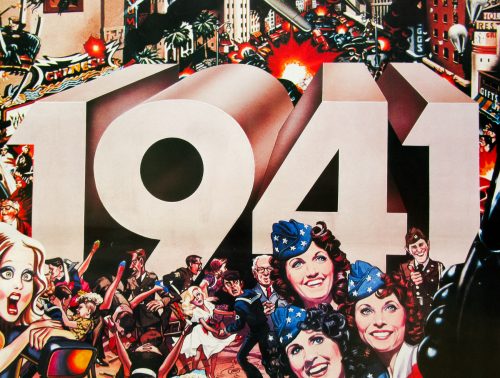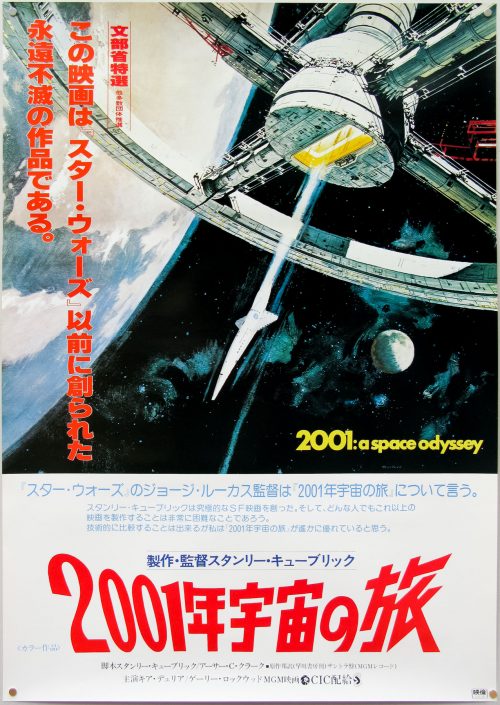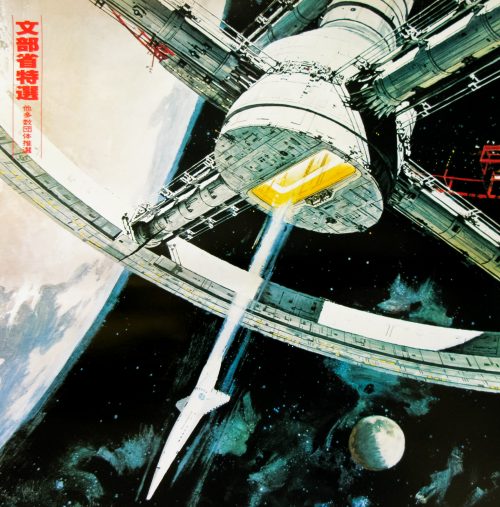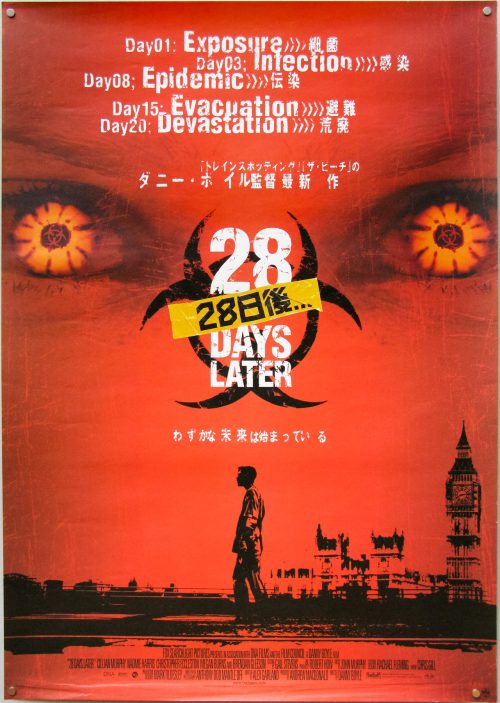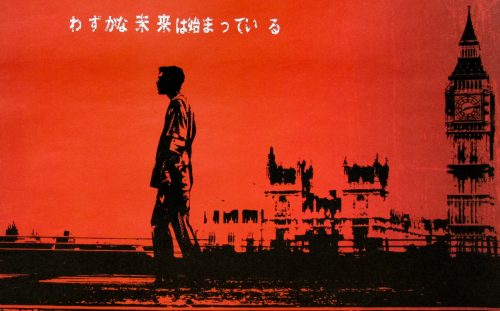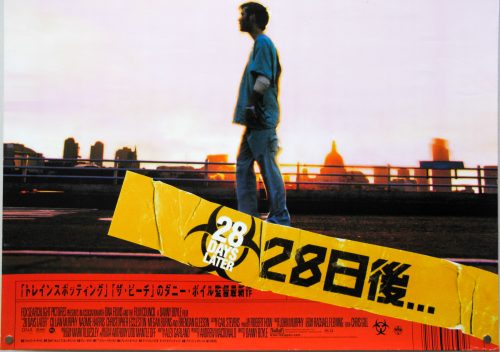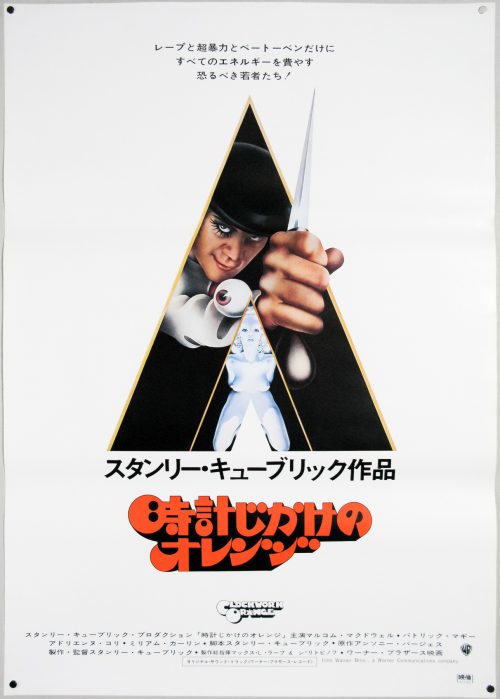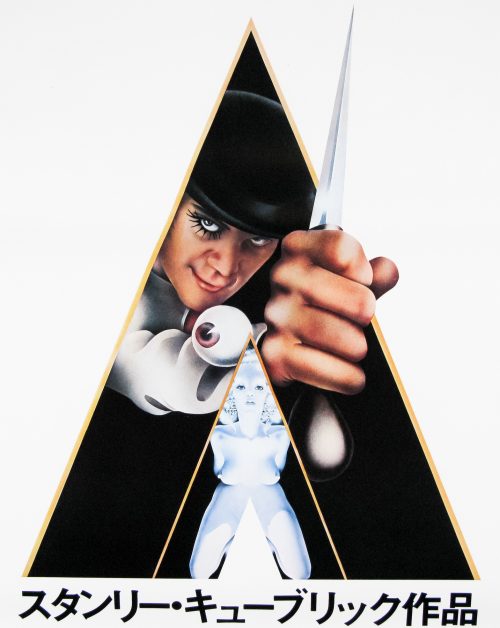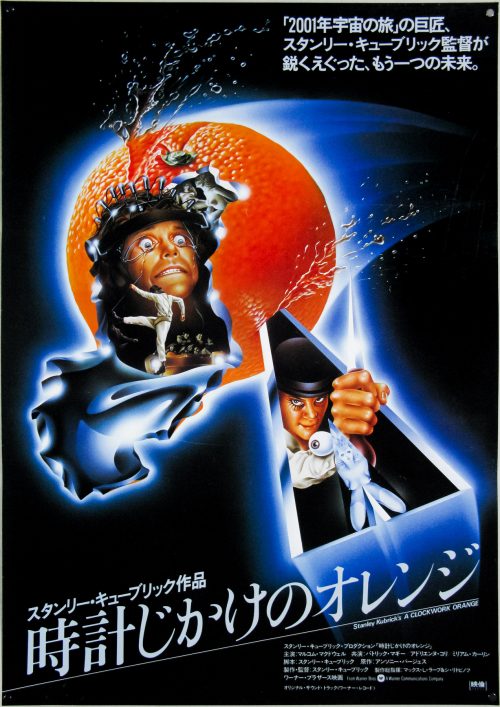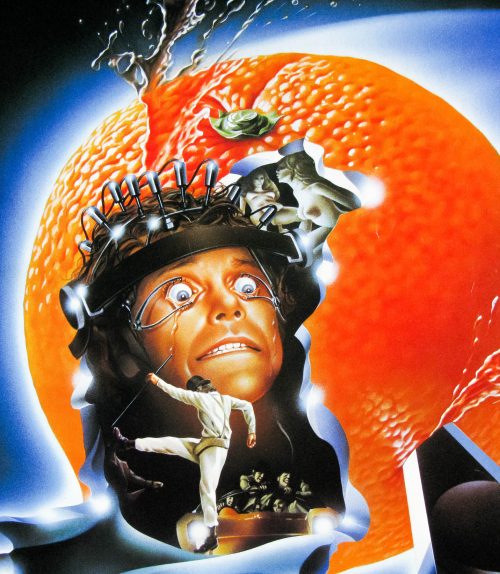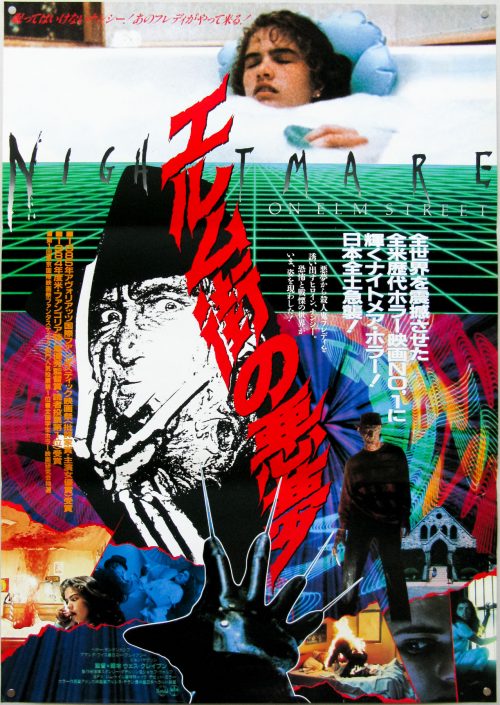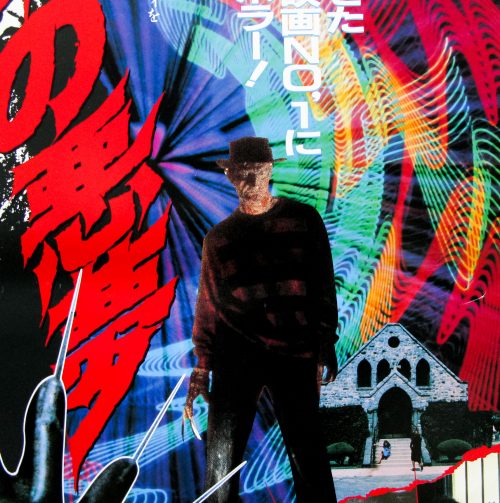- AKA
- La isla misteriosa (original title) | Jules Verne's Mysterious Island of Captain Nemo (alt. title) | The Mysterious Island (USA)
- Year of Film
- 1973
- Director
- Juan Antonio Bardem, Henri Colpi
- Starring
- Omar Sharif, Ambroise Bia, Jess Hahn, Philippe Nicaud, Gérard Tichy, Gabriele Tinti, Rafael Bardem Jr., Mariano Vidal Molina, Rik Battaglia
- Origin of Film
- Spain | France | Italy | Cameroon
- Genre(s) of Film
- Omar Sharif, Ambroise Bia, Jess Hahn, Philippe Nicaud, Gérard Tichy, Gabriele Tinti, Rafael Bardem Jr., Mariano Vidal Molina, Rik Battaglia,
- Type of Poster
- B2
- Style of Poster
- --
- Origin of Poster
- Japan
- Year of Poster
- 1975
- Designer
- Unknown
- Artist
- --
- Size (inches)
- 20 5/16" x 28 14/16"
- SS or DS
- SS
- Tagline
- --
This is the Japanese B2 poster for the release of the 1973 adaptation of the French novelist Jules Verne’s The Mysterious Island (1874). A co-production between Spanish, French, Italian and Cameroonian companies, the film started out as a TV miniseries (300 minutes long) and was later adapted into a 96 minute feature that was released into cinemas in USA, Japan and other countries. Omar Sharif plays Captain Nemo, the enigmatic scientist that first appeared in Verne’s novel 20,000 Leagues Under the Sea, which was adapted numerous times over the past century (Mysterious Island has also seen numerous versions released).
Like the novel, this version is set during the time of the American Civil War and follows five prisoners of war who escape captivity by riding a hot air balloon. They are blown wildly off course and end up on a remote Pacific island where they must use their wits to survive. Eventually they meet Nemo who piloted the Nautilus submarine there following the events in the previous story.
The longer version appears to be almost impossible to find today, whilst the shorter version is also poorly served by home video releases.
